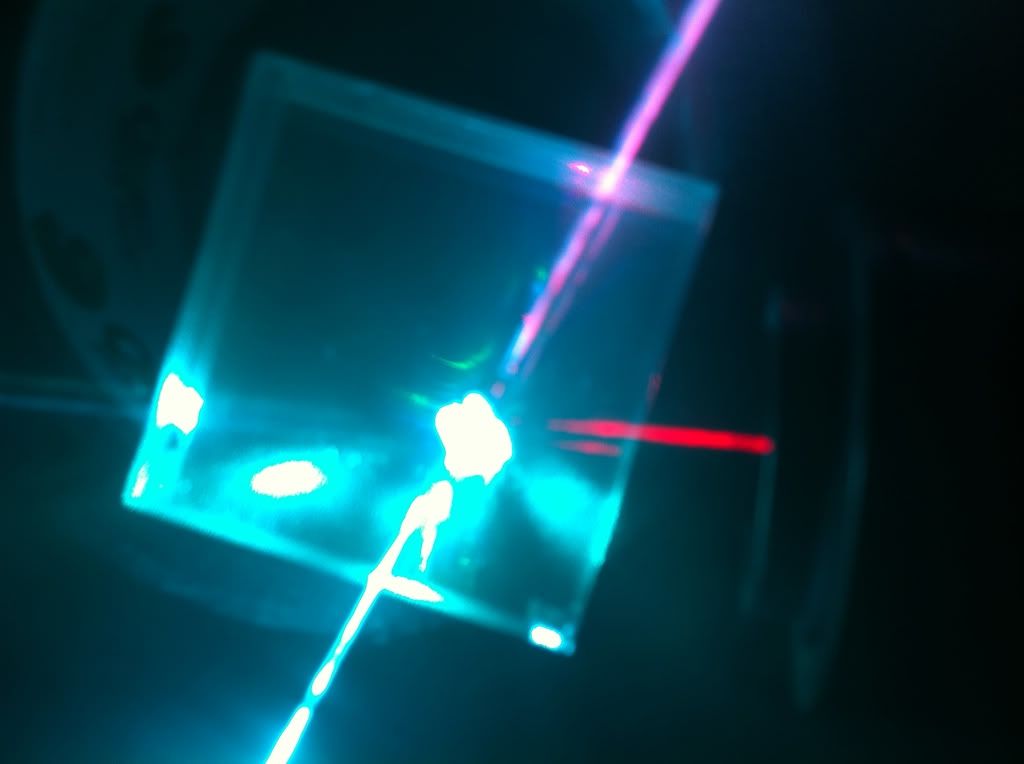I know there's other threads about beam combiners but do we have any new ideas around here?
I'm interested in attempting something that could be used to combine two beams as precisely as possible, i was thinking a chamber with some internal mirrors... or some other way to trap light and give it only one exit (if it can be done while sustaining a beam).
Seems a challenging but interesting project, i thought of this after finding out i can have good quality mirrors shaped in any way i desire if need be, but can shapes be used to give a precise alignment?
A good example would be using a mirascope sort of mindset or any other clever ideas?
for those who don't know what a mirascope is ---> Doctor Who: Hologram Chamber @ Forbidden Planet
-Paul
EDIT: And may i post this! Hahaha, pretty funny.
"Look at him", "He thinks its really there".... "What an idiot" hahahahahaha
http://www.youtube.com/watch?v=n0ITOR1vZ0c&feature=results_video&playnext=1&list=PLA21538FB2CE252BE
Enjoy
I'm interested in attempting something that could be used to combine two beams as precisely as possible, i was thinking a chamber with some internal mirrors... or some other way to trap light and give it only one exit (if it can be done while sustaining a beam).
Seems a challenging but interesting project, i thought of this after finding out i can have good quality mirrors shaped in any way i desire if need be, but can shapes be used to give a precise alignment?
A good example would be using a mirascope sort of mindset or any other clever ideas?
for those who don't know what a mirascope is ---> Doctor Who: Hologram Chamber @ Forbidden Planet
-Paul
EDIT: And may i post this! Hahaha, pretty funny.
"Look at him", "He thinks its really there".... "What an idiot" hahahahahaha
http://www.youtube.com/watch?v=n0ITOR1vZ0c&feature=results_video&playnext=1&list=PLA21538FB2CE252BE
Enjoy
Last edited:







